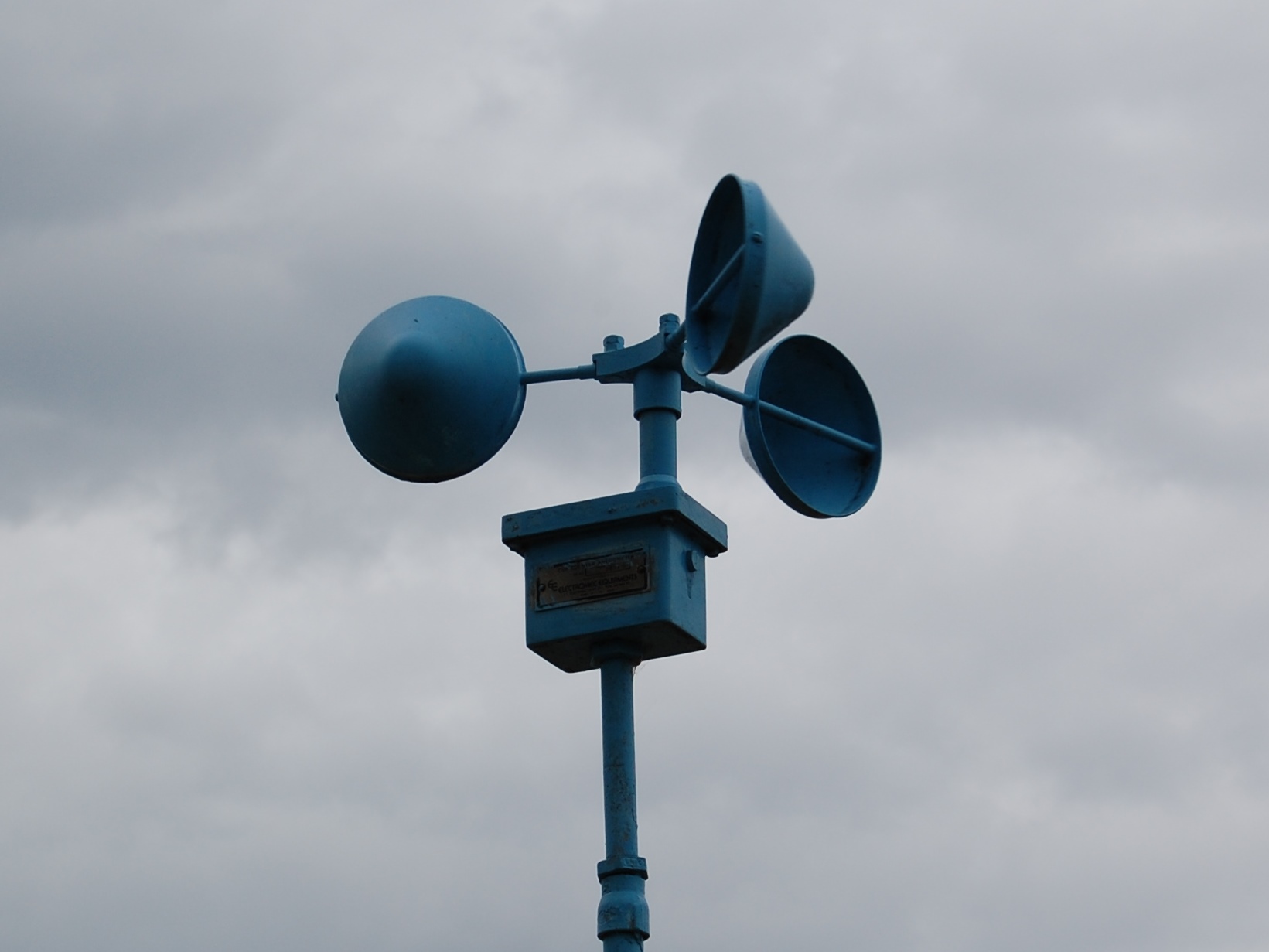

PWM (Pulse Width Modulation) anemometers are also used, wherein the velocity is inferred by the time length of a repeating pulse of current Of some sort of circuit within the device trying to maintain the specific variable (current, voltage or temperature) constant. The voltage output from these anemometers is thus the result Several ways of implementing this exist, and hot-wire devices can be further classified as CCA (Constant-Current Anemometer),ĬVA (Constant-Voltage Anemometer) and CTA (Constant-Temperature Anemometer). (tungsten is a popular choice for hot wires), a relationship can be obtained between the resistance of the wire and the flow velocity. As the electrical resistance of most metals is dependent upon the temperature of the metal Thermal anemometers use a very fine wire (on the order of several micrometers) or element heated up to some temperature above the ambient.Īir flowing past over has a cooling effect. The total velocity its measurement represents. Before using an anemometer, it is important to determine how it should be positioned and what component of Other wind speed meter, such as vane anemometers, are used with the tip aligned with the total If the cup anemometer is mounted with the shaft perpendicular to the horizontal, it will measure only the component of the wind


The cup anemometer (used in weather stations) measures the air velocity in a plane perpendicular to the axis of its rotation cups. The term anemometer was derived from the Greek words anemos, “wind,” and metron, “measure.” Mechanical anemometers wereįirst developed back in the 15th century to measure wind speed. "thermal anemometer" is often used to mean any anemometer that uses a relationship between heat transfer and velocity to determine velocity. Usually used when turbulence characteristics are being measured, such as transverse measurements in a cross-section. The vane anemometer, thermal anemometer and cupĪnemometer (typically used in weather stations) are mostly used to measure the mean velocity, while the hot wire anemometers are Less popular because their zero-flow reading is not stable, temperature and velocity response is slow, and temperature compensation is limited.Īn anemometer usually measures gas flows that are in turbulent flow conditions. Temperature is simply proportional to flowrate. Constant-temperature anemometers are popular because of their high-frequency response, low electronic noise level, immunityįrom sensor burnout when airflow suddenly drops, compatibility with hotfilm sensors, and their applicability to liquid or gasĬonstant-power anemometers do not have a feedback system.


 0 kommentar(er)
0 kommentar(er)
